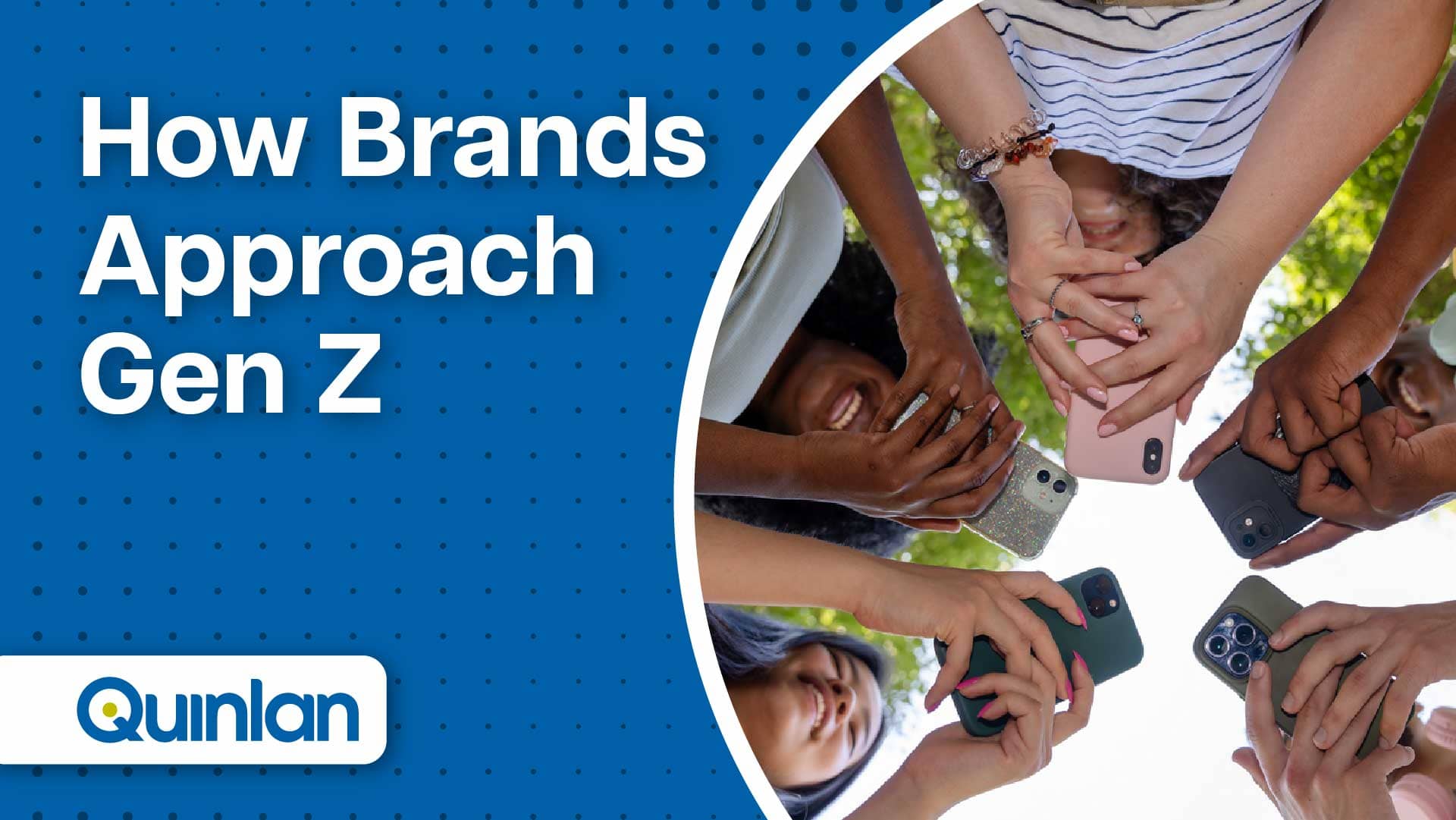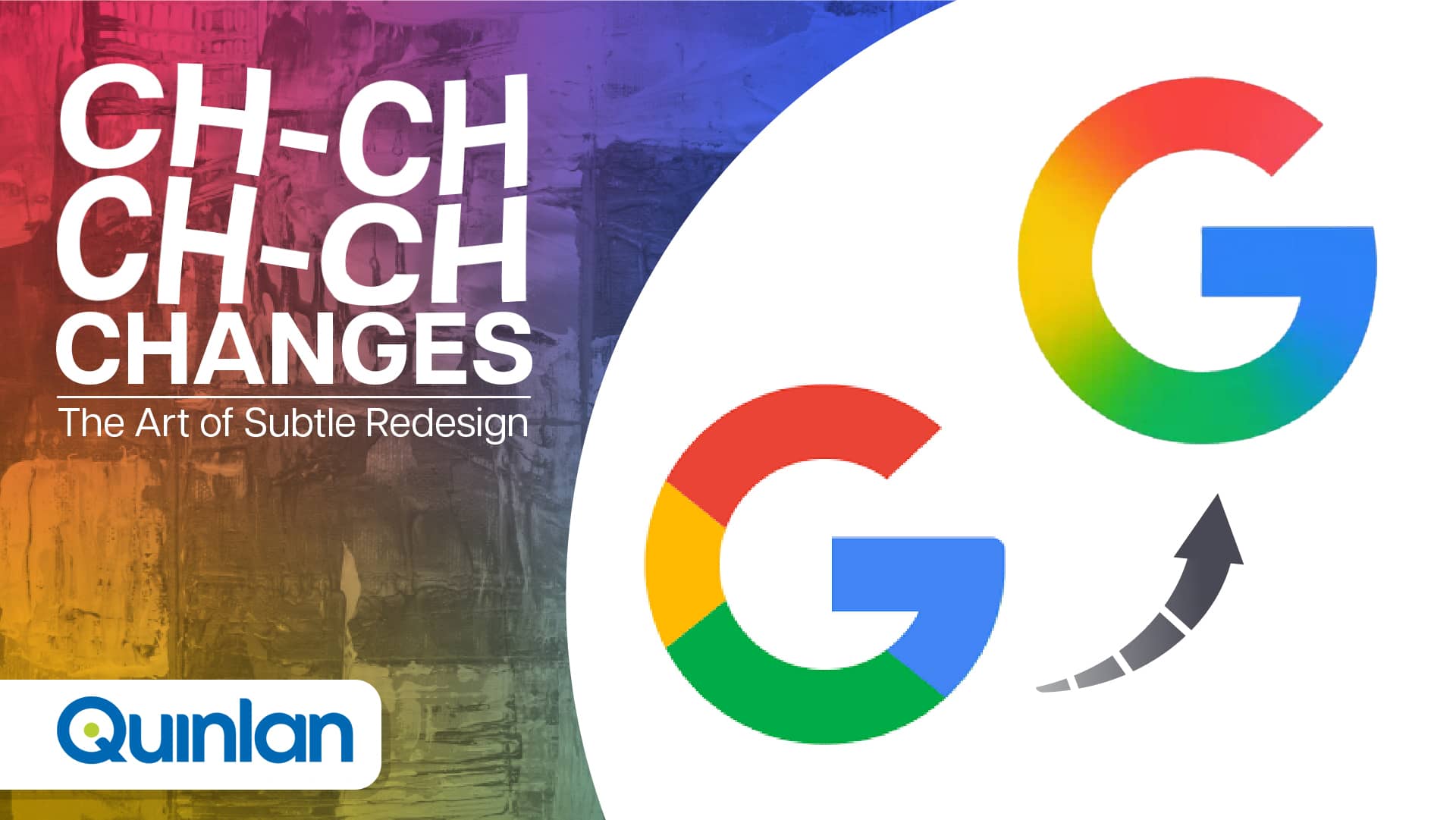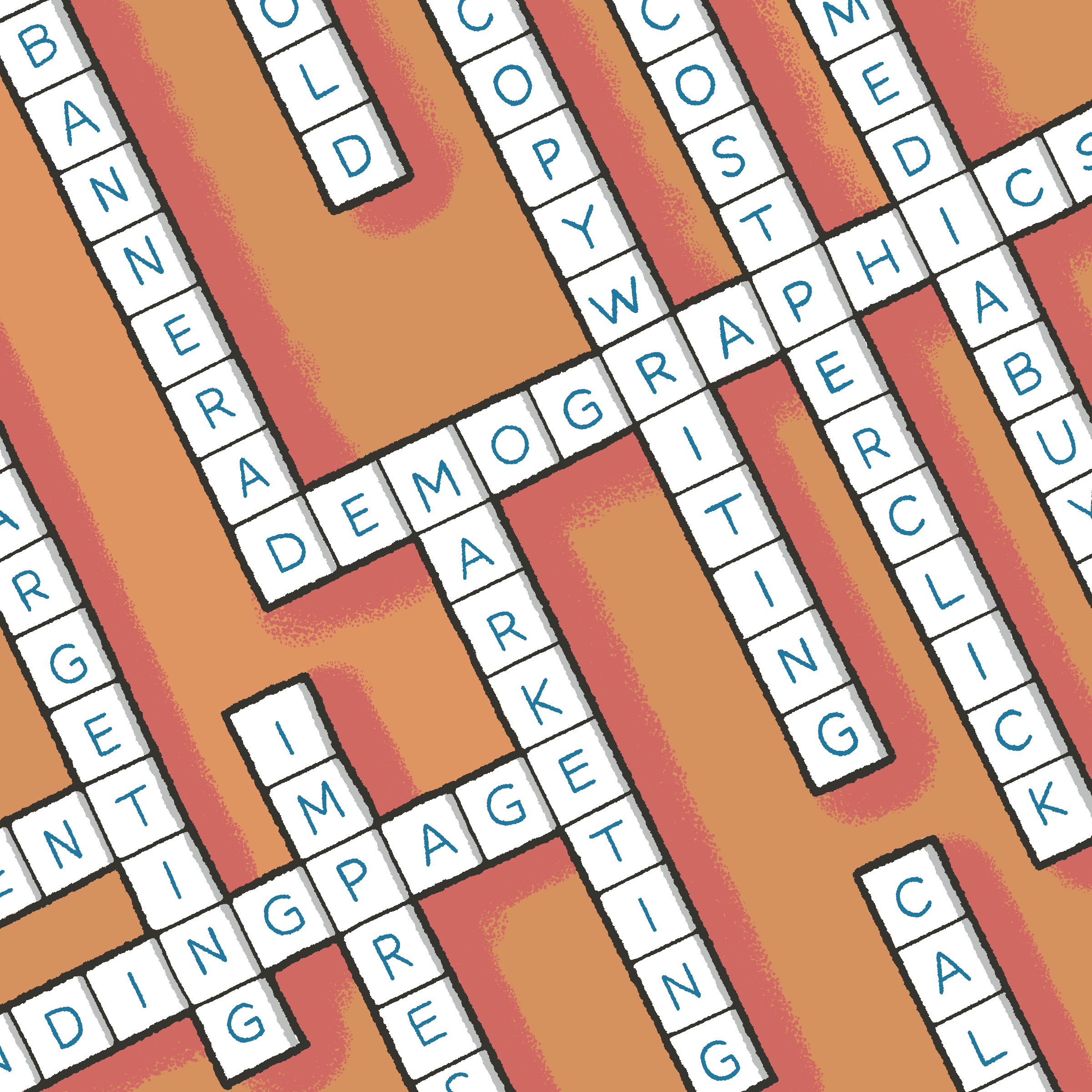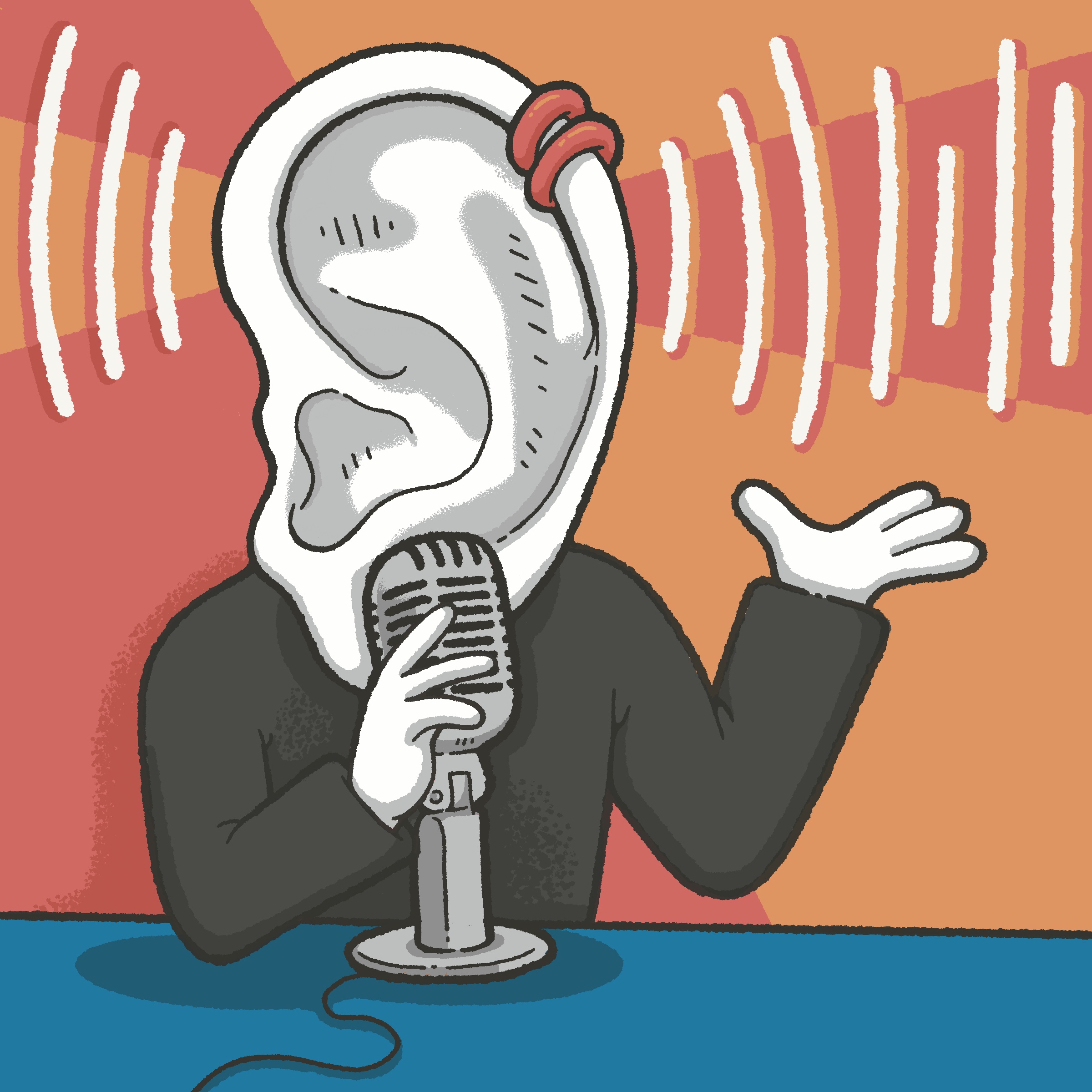 Jun24
Jun24
Generation Z
Visual redesigns are a common part of maintaining a brand identity. Some companies may go all-in and reinvent themselves with a new look. Others may decide that subtlety is key and make a minor change that you may miss at first glance. Check them out here





